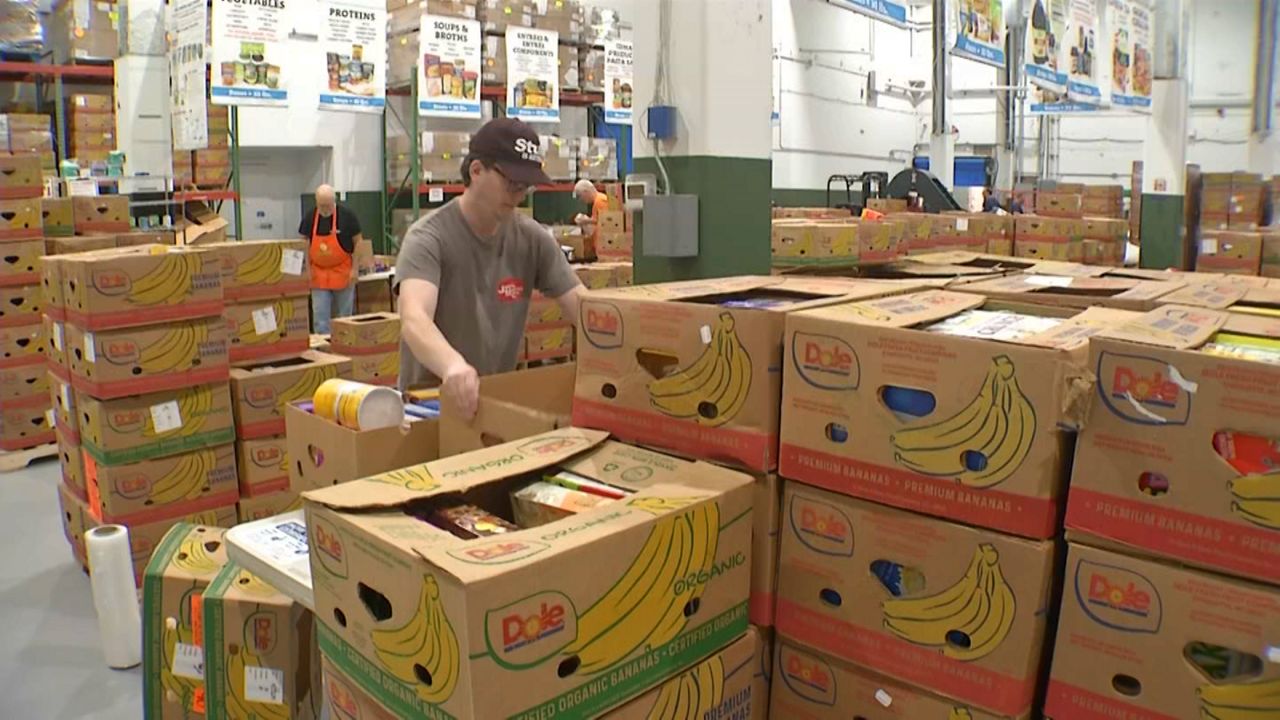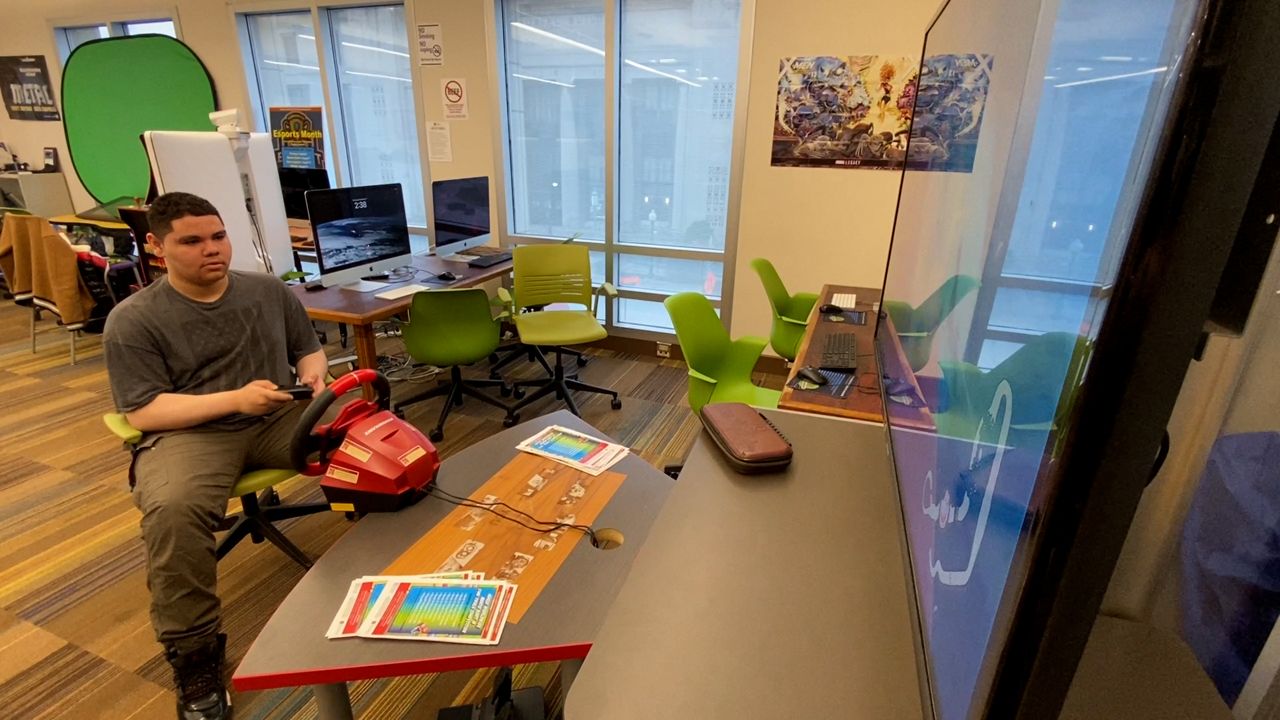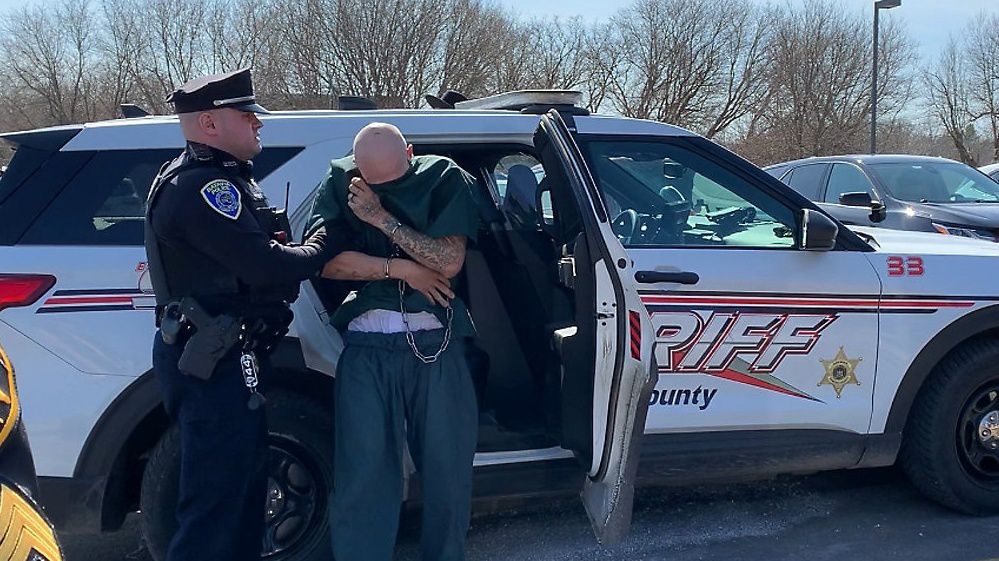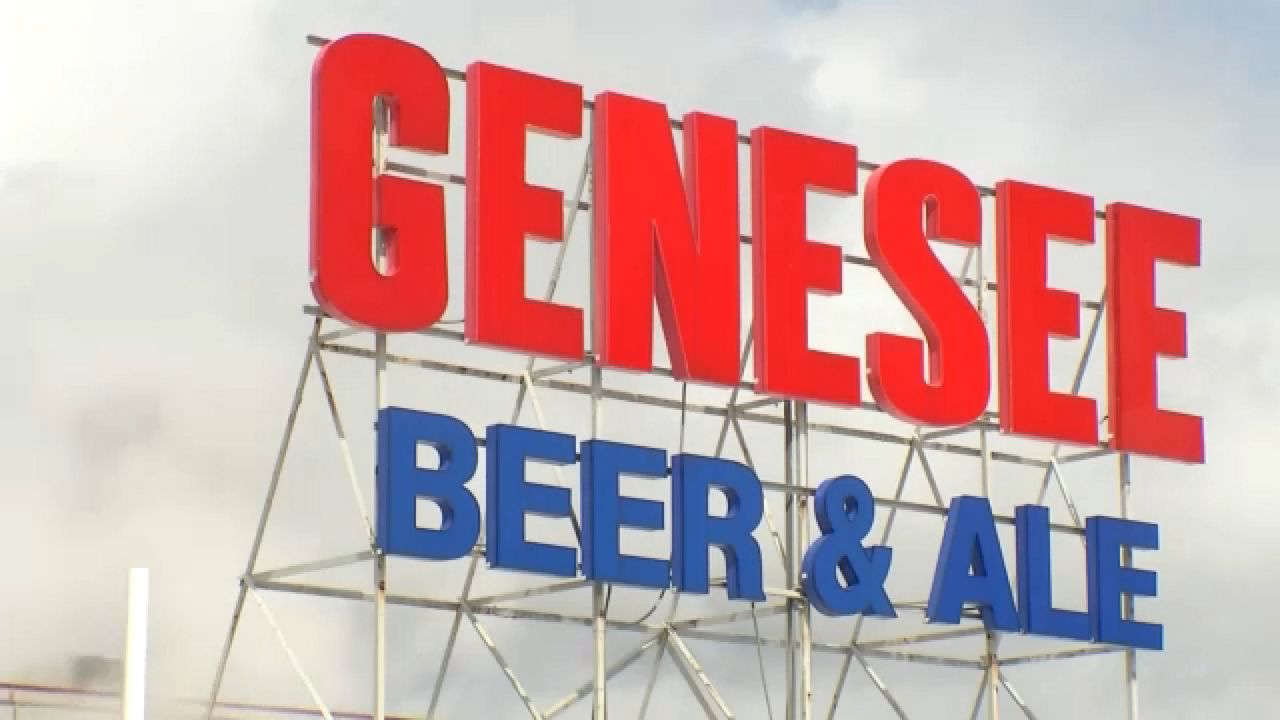New data from Foodlink shows a significant spike in food insecurity in the Rochester-Finger Lakes region.
The U.S. Department of Agriculture defines food insecurity as a household's lack of access to enough food for an active, healthy life.
Foodlink says, according to the Map the Meal Gap study, the rate of food insecurity climbed in all 10 of the counties it serves. The rate increased from 9.3% in 2021 to 12% in 2022 — the latest year with available data. In those 10 counties, 151,000 people are now considered food insecure — the highest number in 10 years.
According to the report, the Upper Falls and Marketview Heights neighborhoods of Rochester have the third-highest food insecurity rate in the state at nearly 30%.
To get a better picture of more recent data, Foodlink analyzed the monthly reports collected from its more than 200 members, including food pantries and meal programs throughout the region. Foodlink says from January through March of 2024, visits to pantries and meal programs increased by 35% compared to the same period in 2023.
"The data demonstrates a massive increase in food insecurity from 2021 to 2022, a single-year jump we have not seen or experienced since the Great Recession," said Julia Tedesco, president and CEO of Foodlink.
“We have seen our distribution increase from a steady flow from 45 families each week, to a steady flow of 100 families, including seniors arriving and waiting in line each week for the distribution of food and home goods supplies,” said LaVada Howard of Straight from the Heart Community Outreach, which runs a food pantry on Hudson Avenue in the 14605 zip code.
The increase in food insecurity is attributed to both the sudden rise in food inflation from 2021 to 2022 and the expiration of several COVID-era federal assistance programs, such as Child Tax Credits, Free School Meals and increased SNAP benefits.
Foodlink says it is now investing $6 million over the next two years into its distribution center to be able to safely store and distribute more food. The organization says it relies on donations to help support its work.
To read the latest Map the Meal Gap report, click here.









